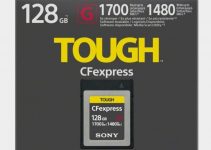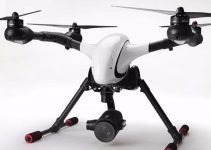The recently launched full-frame Cinema Line series from Sony seems to finally have a clear picture from top to bottom with the release of the FX3. By adding this compact option to the now middle-of-the-pack FX6 and top-tier FX9 – as well as the pro-grade VENICE to a lesser extent – the Cinema Line has offering to appeal to multiple types of creators.
Whether you are a vlogger or content creator, a documentarian or independent operator, or a broadcast professional with need for the cinema look, the Cinema Line has something for you.
Now you might be wondering, “Which one is the best for me?” If that’s where you stand this video by filmmaker Mark Bone will help clarify some things between the FX3, FX6, and FX9. It’s not as simple as just looking at the price and size, so let’s dive in.
Because Mark doesn’t immediately get into it, I’ll throw out the price comparison up front just so that everyone has a gauge of what we are looking at.
- FX3: $3,899
- FX6: $5,999
- FX9: $10,999
Initial Thoughts
Just looking at the first comparison images you can see that Sony applied different color science and methodology to the cameras. To start, the FX3 and FX6 share the same 12MP sensor while the FX9 uses a 20MP sensor. That will lead to some differences for sure.
The FX3 – being targeted at creators who might be newer or simply working with faster turnaround—appears to have been given a boost to saturation and sharpness. It looks better straight out of camera.
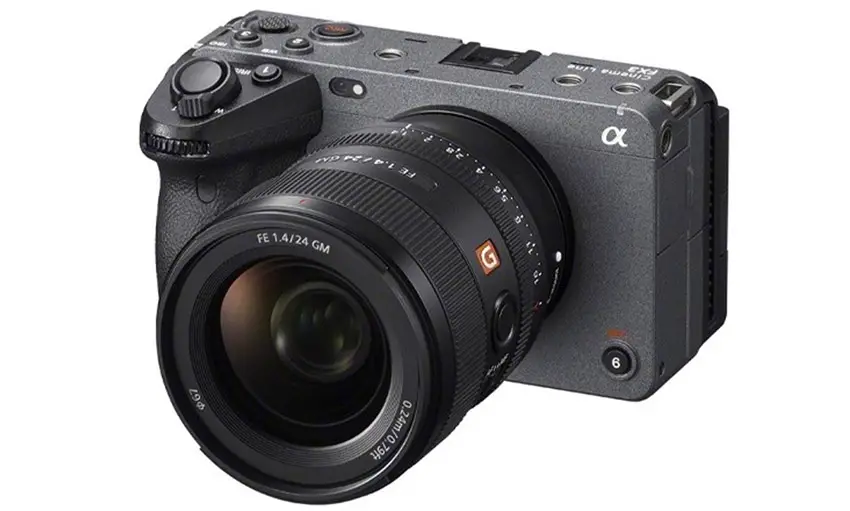
Image Credit: Sony
Even with the FX6 having the same sensor, it features a less processed image that comparatively is less saturated and softer. That flatter look and rolloff is likely a benefit for those with professional workflows. The FX9 was even farther away from the FX3 than the FX6, fitting its pro market.
As for skin tones, the FX4 gets a bit of an “orange punch” as Mark calls it. The FX6 appears the most neutral/realistic, and the FX9 is declared the king after everything is balanced. They also can be matched very easily.
Timecode
Considering the different audiences, Sony made a bold move by locking one feature behind a higher price point—timecode. Honestly, I think this was the biggest miss with the FX3 and Mark seems to agree.
If you are a solo shooter not having timecode isn’t the biggest issue and the FX3 will do you well, but the second you introduce a second system for sound you’ll immediately find the FX6 to be the bare minimum you’ll need. They may have the same sensor, but the timecode and the built-in NDs of the FX6 are the best reason to bump up from an FX3.
The FX9 has all the ports you could ever need – even more than the FX6.
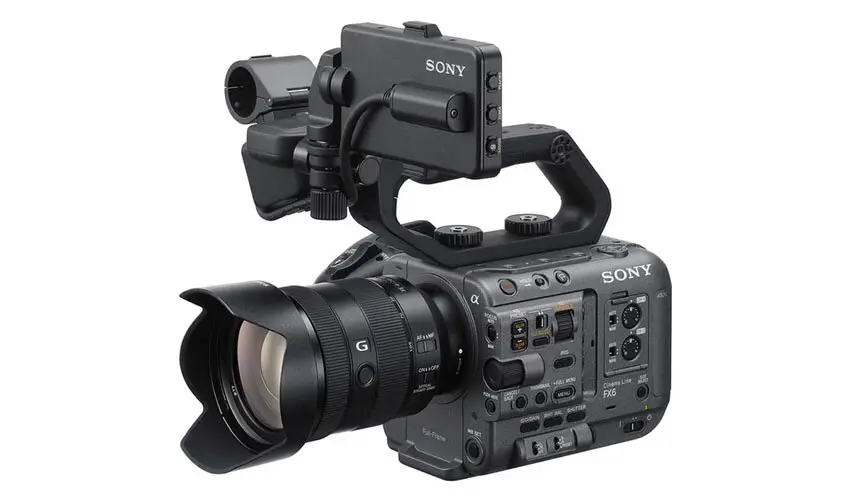
Image Credit: Sony
Sensor & Low Light
Luckily, Sony did unify the Cinema Line around full-frame sensors. With the FX3 and FX6 sharing a sensor a lot of the comparison will simply be between those two and the FX9.
If you remember anything about the a7S series, you’ll remember the big positive was that the 12MP resolution was a perfect match for 4K video. That holds true here with the FX3/FX6. Bigger pixels mean better sensitivity and put them in their own class for low-light performance and high ISOs.
Another part of this equation is that the FX3/FX6 use a back-illuminated sensor design, which further improves sensitivity and readout speeds compared to conventional designs. That means less rolling shutter.
Now the FX9 can’t be forgotten. It uses a 20MP, or 6K sensor. This gives it an advantage to sharpness and potential resolution as it samples the entire 6K area to produce a 4K image, while the FX3 and FX6 are using everything they got to get 4K.
Another benefit is that the FX9 can provide a full-resolution 4K image in a Super 35mm crop mode, allowing the use of legacy lenses and a matched look with other Super 35mm cameras in a multi-camera shoot.
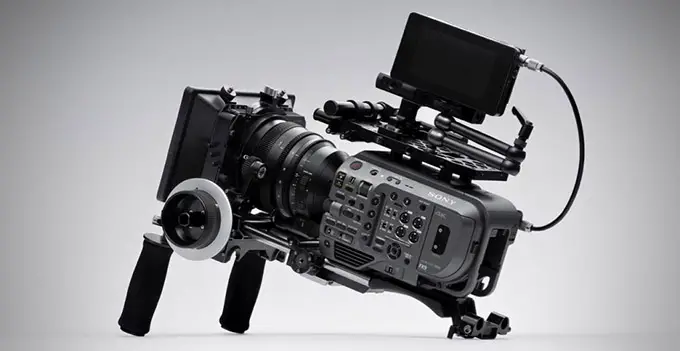
Image Credit: Sony
Slow Motion
Unfortunately, the slightly older sensor of the FX9 gets a knock here as it has a labyrinthine menu system along with a limited range of frame rates and sensor windowing for high frame rates. It tops out at 4K 60p while the FX3 and FX6 are able to hit UHD 4K at 120p (DCI still limited to 60p on the FX6 and no DCI on the FX3).
In terms of usability for these modes, Mark declares the FX6 and FX3 a clear winner. It’s very interesting to see as the FX6 is looking amazing at just a little more than half the cost of the FX9.
Variable ND & Usability
Alluded to earlier was the variable ND of the FX6 compared to the FX3. This is a big win for the FX6 and FX9 over the FX3. The electronic system Sony developed is amazing and makes life a lot easier. On the other hand, the FX3 has built-in image stabilization that can eliminate the need for a gimbal. That’s definitely something, you’ll just have to consider your personal needs.
Codec
This is a fun one. In the end, you probably won’t be making a decision based on the codecs available in each of these cameras. That is doubly true since they all have quality 10-bit 4:2:2 options for internal recording and 16-bit raw output. As long as you stick to the XAVC-I formats (XAVC S-I for FX3), you should be good.
Conclusion
I don’t think much has changed from where Sony positioned these cameras.
- FX3: Content creators/vloggers or new shooters.
- FX6: Looking for a compact cinema camera with needed timecode and ND filters.
- FX9: Professional broadcast workflows—you know who you are.
The sweet spot is definitely the FX6, and if I was looking at all these options, I would go with the FX6 as the addition of timecode and ND filters is huge over the a7S III I currently own.
Which would you pick?
[source: Mark Bone]
Order Links:
- Sony FX3 Cinema Line Camera (B&H, Amazon)
- Sony FX6 Cinema Line Camera (B&H, Amazon)
- Sony FX9 Cinema Line Camera (B&H, Amazon)
- Sony a7S III Mirrorless Camera (B&H, Amazon)
Disclaimer: As an Amazon Associate partner and participant in B&H and Adorama Affiliate programmes, we earn a small comission from each purchase made through the affiliate links listed above at no additional cost to you.


